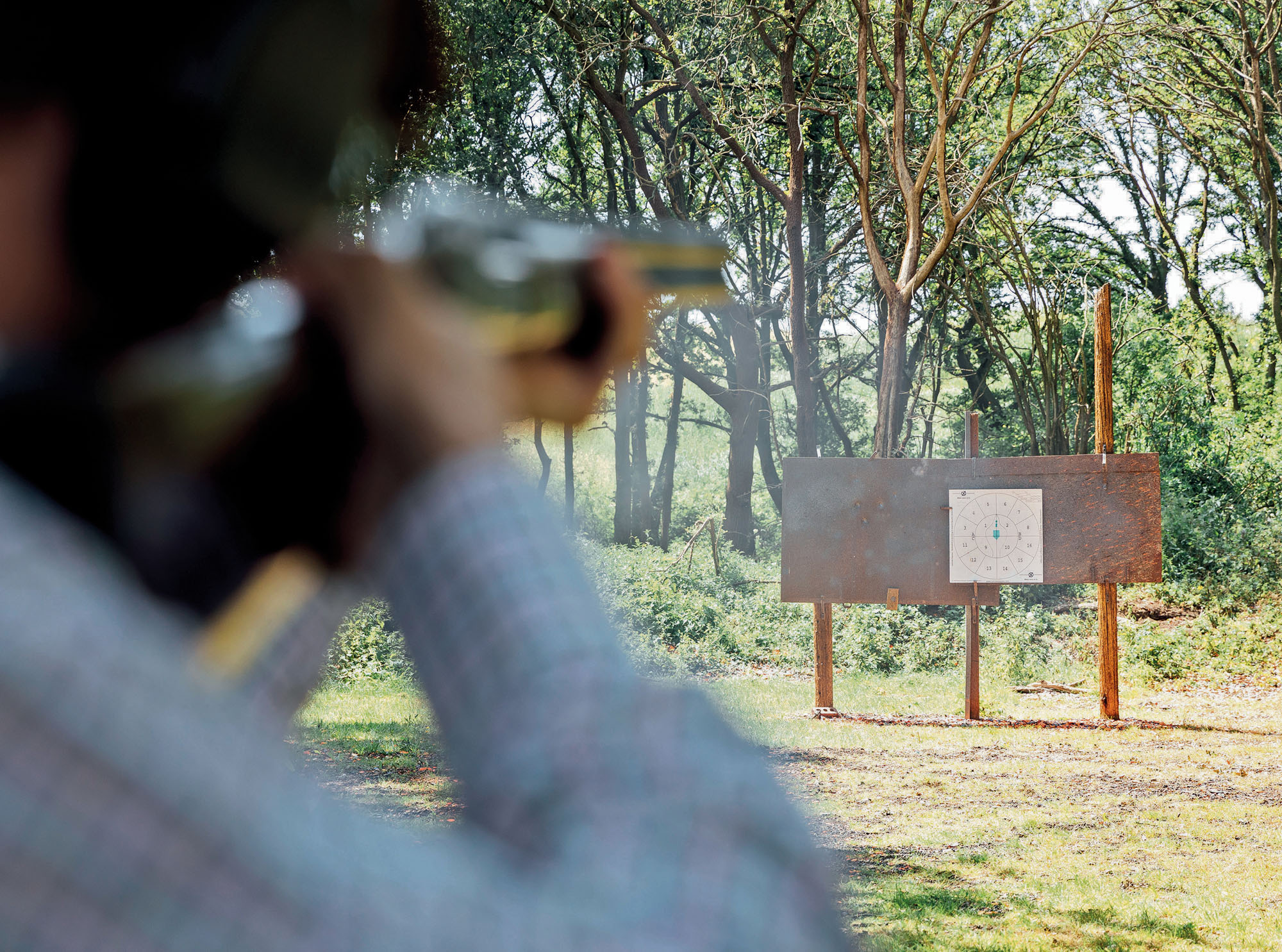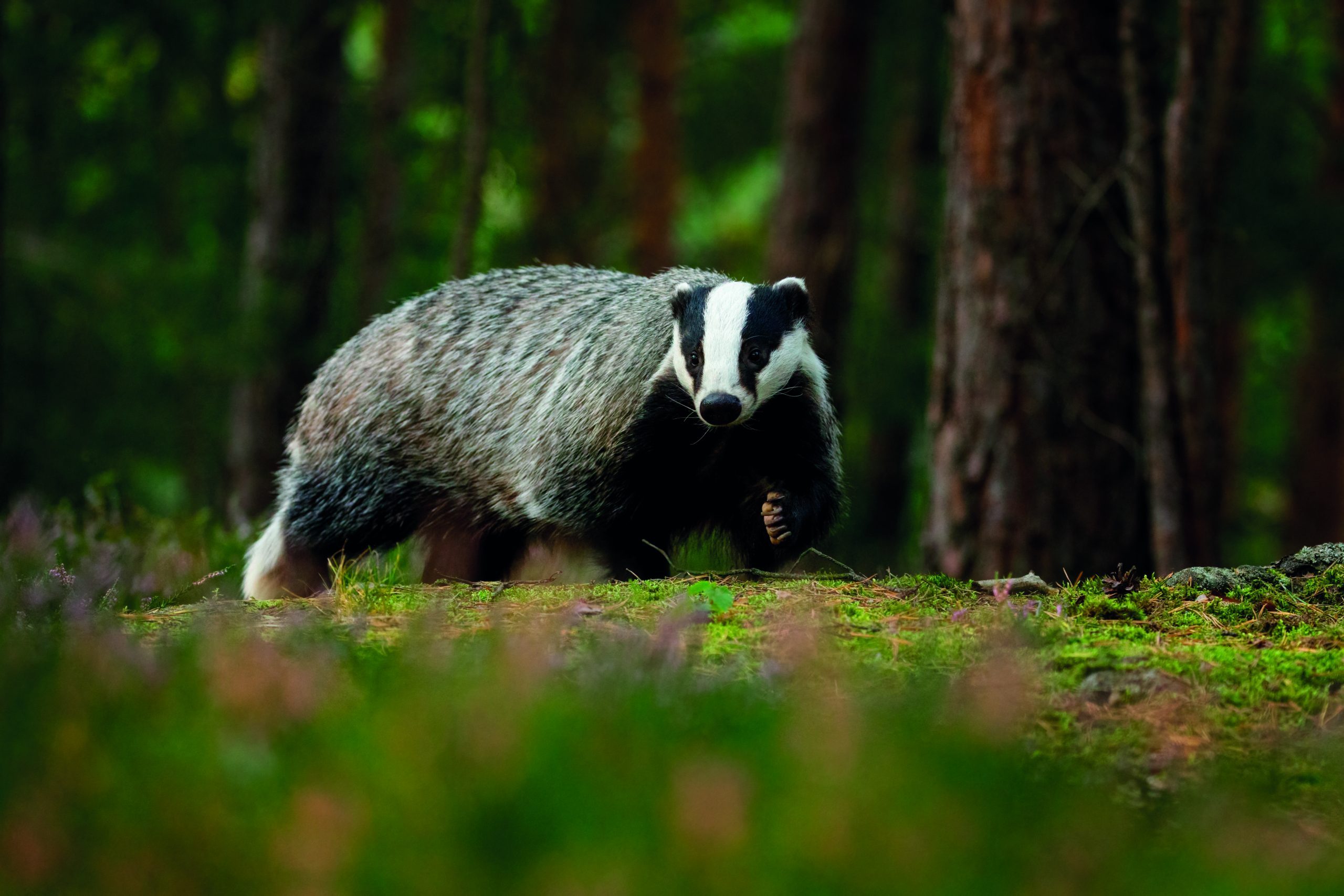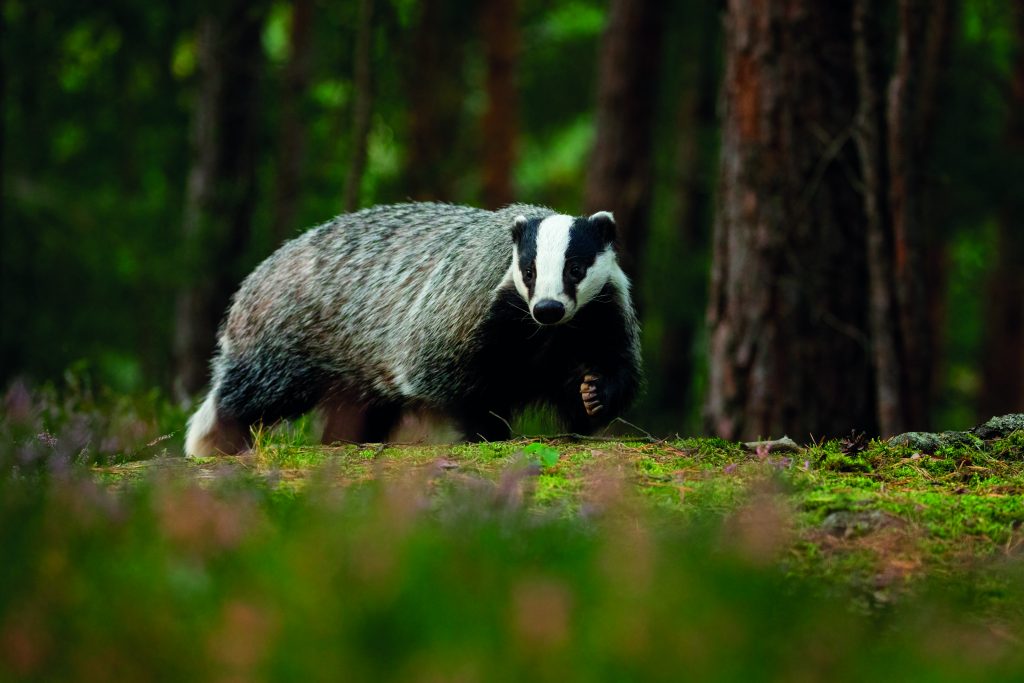A hard day’s night
Devotion and sleep deprivation can be a necessary part of a keeper's lifestyle, as Adam Smith's career in poult protection often showed
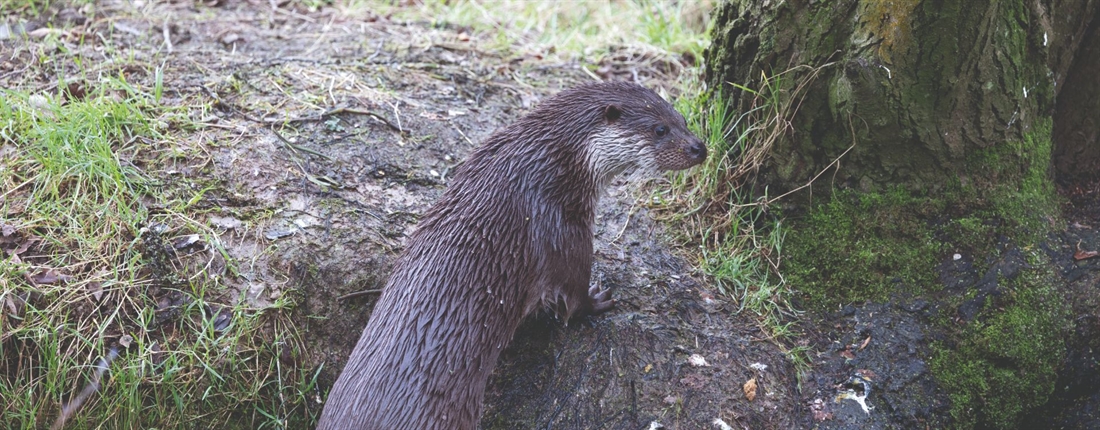
Once upon a time, when I was a-keepering, I spent the night sitting on an upturned bucket wedged in one corner of a rearing pen. I’d agonised over whether ‘going with intent’ should include an air rifle or an old and not particularly reliable double .410 with a dodgy back trigger – though both guns would have been unbalanced by a torch Gaffer-taped beneath the barrel.
In the end, I opted for the superior firepower of the .410, deciding that the disruptive effect on several hundred three-week poults of a small cartridge exploding in the wee hours was better than the silent uncertainty of air-powered pellet precision.
And what, you must by now be asking, was this fully armed vigil about? Well, a couple of dozen (23 starling-sized poults to be precise) of my birds had decided to forgo the claustrophobic brooder and ‘jug’ out for the night, safe in the long grass of a 30×30 pen, netted against avian predators with tin sheet sections cut in at ground level. Vermin proof, you might have said, save for the discovery of 23 forlorn little carcases the following morning. Each had the back of its skull neatly sliced open with a small sample of brain snacked on, before moving to the next. Hannibal Lecter would have been so proud.
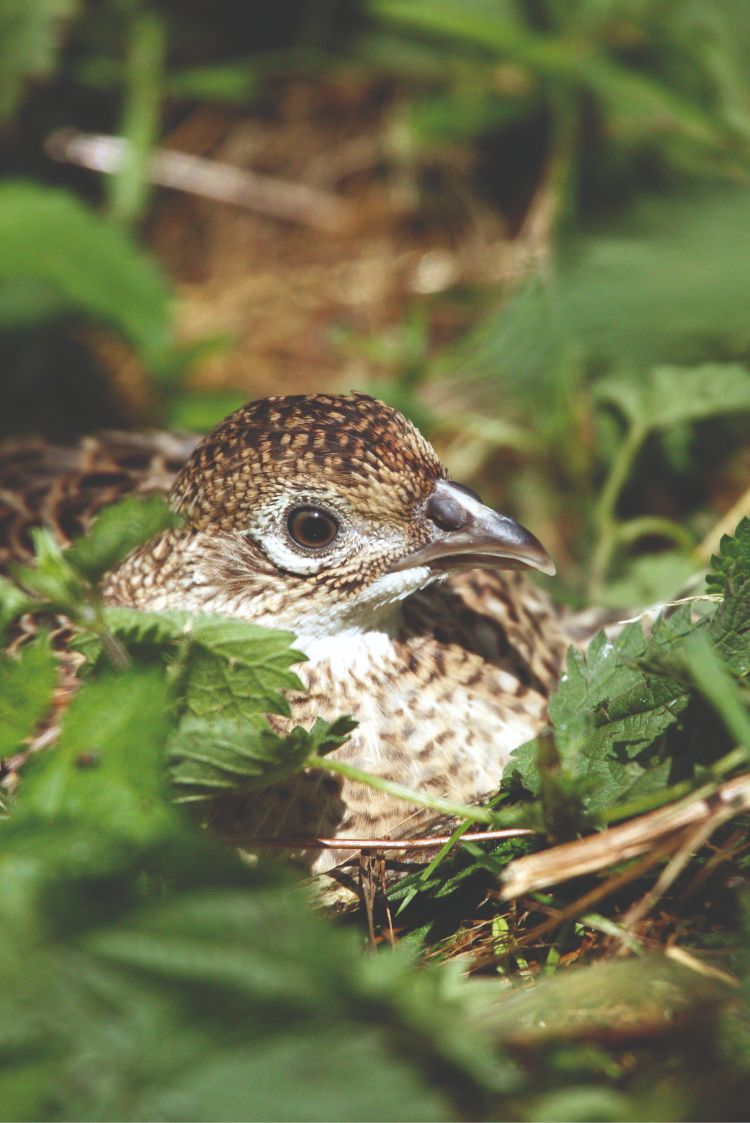
But this was in the days long before Hannibal had made his mark; this was simply a rat’s calling card. Of course, I regretted not shutting the birds away within the greater security of the nursery run, or the brooder itself, but with every year and every hatch there comes a time when the birds embark on a bit of independence. Denying them their self-assertive pleasure can result in tantrums and a lack of co-operation that can do more harm than good. Anyway, I’d had no problems with vermin before: no signs of scrapes under the tin and no giveaway droppings. Plus it was mild, and dry, and they were well-feathered and they have to start sometime, so, why not now?
Why not now was confirmed in a sad and infuriating bucketful of bodies, but what to do next? Detective work disclosed a tiny trace of rat fur on the edge of the tin sheet it had scraped and squeezed under, mocking my trust in my ‘verminproof’ set-up. I was sure it was a rat, and that fur ruled out stoat or weasel despite the mustelids’ voracious reputations, yet rats can be far more cunning. Even though they are too clever by half at self-preservation, avoiding any strange new attractions, trapping the culprit seemed the only obvious answer – but what about the birds? Despite a network of narrowed-down tunnels, the inquisitive little poults would still be at risk, so a mass exodus was needed. With the help from wife, children and a couple of mates we shooed the contents of the suspect pen into what I prayed would be the safety of the next one in line. It was only a stopgap decision (you can’t double up the density without risking more problems) but needs must, at least for a day or so.
And with nothing else at risk other than the target, I did without the complications of tunnels and restricted access and simply laid Fenns all over the pen, around the inner perimeter and in the runs made by the birds in the grass. Whether the confines of an isolated pen would legally constitute a ‘tunnel’ was debateable, but my losses defined the decision as far as I was concerned.
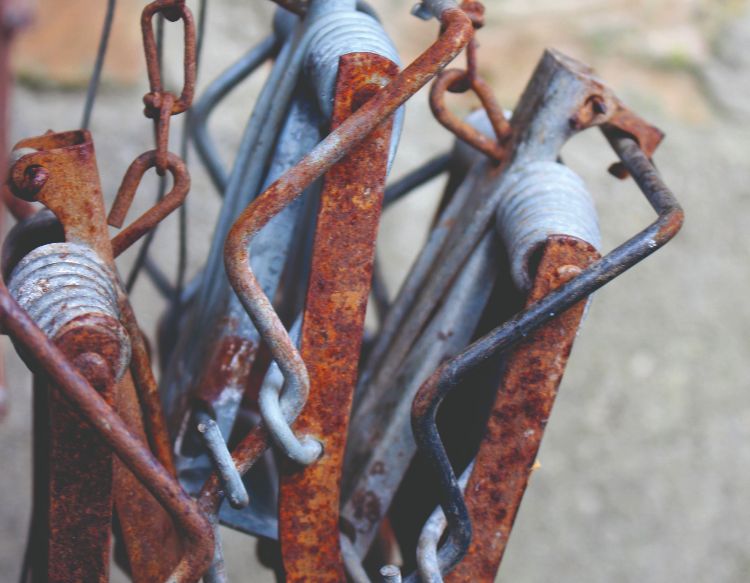
Some traps were artfully camouflaged, some invitingly out in the open – on a ‘butter wouldn’t melt’ basis, though it was unlikely Rattus norvegicus would see the joke. Some were baited with a smear of peanut butter on the pan, while others had a liver sliver as attraction, but baited or not overkill was the plan, in the belief that one would be more than enough. The rest could sit, primed and ready. And if unnecessary, so much the better.
In the event, the whole lot proved unnecessary. Ratty was evidently far too clever to risk pottering round an empty pen, so the Fenns stayed tense with anticipation while I pondered a re-think. Baits were out, too long a timescale, so that left the potential of Plan B.
Plan B was of course The Vigil. It seemed the only answer left, to spend the night silently waiting with gun and hope in equal measure. Luckily – if any aspect of the scene could include luck – the weather was mild. I’d had a doze in the afternoon so the body clock was prepared to stay on full alert for the next few hours and, armed with my .410 and a flask, I settled on my bucket to await fate. Quite why, with hindsight and a couple of hours’ cramped posture, I’d opted to sit so low became an increasing mystery, but I persevered – at least until pain forced a major re-think and I gently and slowly changed position to sit on the grass in the corner. And there I stayed, silent and motionless in alert anticipation for several hours.
Well, I’ve got to be honest, not fully alert. The clack of a trap springing accompanied by a brief but rewardingly rat-like shriek, woke me from a doze at around 4am. All the firepower had proved pointless since one of the Fenns had done my work – the way they do 24/7 (or they did in the 1980s anyway, when we had fewer of today’s restrictions). Struggling stiffly to my feet, the growing dawn light showed me a pained and pinned bitch rat, with head and tail slowly twisting as the last few seconds of her life was squeezed out between the trap’s jaws.
That morning’s breakfast was well earned and all the better for it. Traps were sprung, collected and hung in the shed, waiting for the next task. One inner pen section was opened enough to allow half the pen’s contents to be shepherded back to their own patch again. Bit of enforced diversity of course, but they seemed to get along well enough over the remaining weeks before being moved to the release pens. Life returned to normal.
That problem was sorted, though whether staying up all night was justified remained uncertain. Anyway, that’s what happened and the rat paid the price. Job done, except for one remaining mystery. Around 2am, in the still, chill night air, I’d heard some strange sounds. The lower boundary of the rearing field, around 100 yards away, was a river – more a wide stream really and a foot or so deep at most – and as I sat silent and waiting something was splashing and ‘plopping’ in the water. Accompanied by scuffling sounds, the splashes seemed to follow a pattern as, to my perhaps fertile mind, something was sliding down the steep bank between the alders and plopping into the stream.
I became convinced that I was listening to young otters, playing in the night. Obviously, I couldn’t move to investigate but searched the bank for some signs the next morning. There was nothing, not a trace, no pug marks, no spraints (otter droppings), no muddy skids or claw lines, nothing. So I imagined it then. There was no evidence to support such a fanciful theory, but the sounds were clear, something made them, even though I never discovered what it was. Was it a roebuck taking a bath? A solitary carp jumping for joy – or knocking lice off its scales? I’ll never know, but what if it had been otters?

